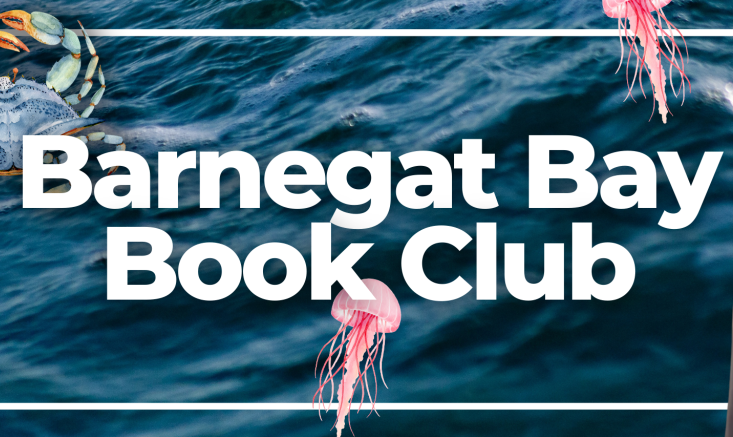Barnegat Bay is like a garden getting too much fertilizer and no weeding. Excess nitrogen is the problem.
By William deCamp Jr.
The halcyon surface of Barnegat Bay on a warm summer day gives little hint of the ecological difficulty below.
Sail and power boats ply peaceful waters against a background of pleasant waterfront homes, green tidal marshes, and coastal forests. The wind whispers gently; the sun glistens off the waters.
But beneath the surface all is far from well. Precious few of the sun’s beneficial rays reach the life-nurturing eelgrass beneath the water. The light’s passage is blocked by murky, proliferating algae that shade the sub-aquatic vegetation that hosts the clams, scallops, blue crabs, and fish that inhabit a healthy estuary.
This annual algal bloom is part of a cascade of adverse ecological events that stem from a central cause: an excess of nitrogen entering Barnegat Bay.
In correct proportions, nitrogen, the seventh element on the periodic table, is an essential nutrient in the food web of Barnegat Bay and other marine ecosystems.
But Barnegat Bay is like a garden that is getting too much fertilizer and no weeding. The overabundance of nitrogen that we humans are putting into the water — through fertilizer, pet wastes, deforestation, overdevelopment, and even air pollution — is radically altering the living systems within the bay.
While exploding microalgal populations deprive the eelgrass of light, larger algae, such as sea lettuce, multiply, sink to the bottom, decay, and smother eelgrass and fish habitat.
Invasive species, such as stinging sea nettles, thrive in this unhealthy environment. These and other negative impacts are collectively referred to as “eutrophication” — and Barnegat Bay has a bad case of it.
When natural systems suffer, human enjoyment of the natural resource declines. Baymen who for generations made their living off Barnegat Bay’s biological abundance are unable to find shellfish in their former numbers. Their industry is in steep decline.
Swimming beaches are forced to close due to the unwelcome abundance of stinging sea nettles. The sights and sounds of children at play in the water are transformed to crying and tears as stings from the “Beast of Barnegat Bay” bring them running ashore.
Worst of all, the lower productivity of the altered ecosystem threatens fisheries beyond the bay itself. Over two-thirds of oceanic fish species depend on healthy coastal estuaries during a portion of their life cycles.
To reverse this decline, citizens and environmental groups concerned with this beloved estuary have initiated a campaign to reduce nitrogen inputs into its tributaries.
The battle begins in your yard. Those of us with lawns — even lawns miles from Barnegat Bay but near rivers or creeks that flow into it — use far more nitrogen-containing fertilizer than we need.
Our habits must change. We will need to apply less fertilizer or none; to fertilize just once, in the fall rather than also in the spring; and to replace portions of our lawns with native plants evolved to need no fertilizer.
Government must meet the challenge, too. Townships will have to vigorously implement neglected storm water regulations. The State of New Jersey must recognize the primacy of nitrogen as a coastal pollutant, develop methods to measure its presence biologically, and set maximum limits on its use consistent with Barnegat Bay’s ecological health. Routine approvals of massive new residential developments and golf courses will have to cease.
Barnegat Bay is no stranger to dramatic environmental victories. In the 1970s, the replacement of polluting septic systems with modern sanitary sewers engineered dramatic improvement in the quality of the groundwater seeping into the bay.
In the 1980s and 1990s, the elimination of nine types of dumping in the Atlantic Ocean greatly improved the quality of the salt water entering the bay through the Manasquan, Barnegat, and Little Egg Inlets.
In the coming decade we have the opportunity for a third major victory by reducing the amount of nitrogen entering Barnegat Bay from human sources. Man and nature will jointly benefit when this revolution is accomplished.
William deCamp Jr. is chairman of Save Barnegat Bay (www.savebarnegatbay.org), a non-profit supported by more than 1,500 families and businesses.



